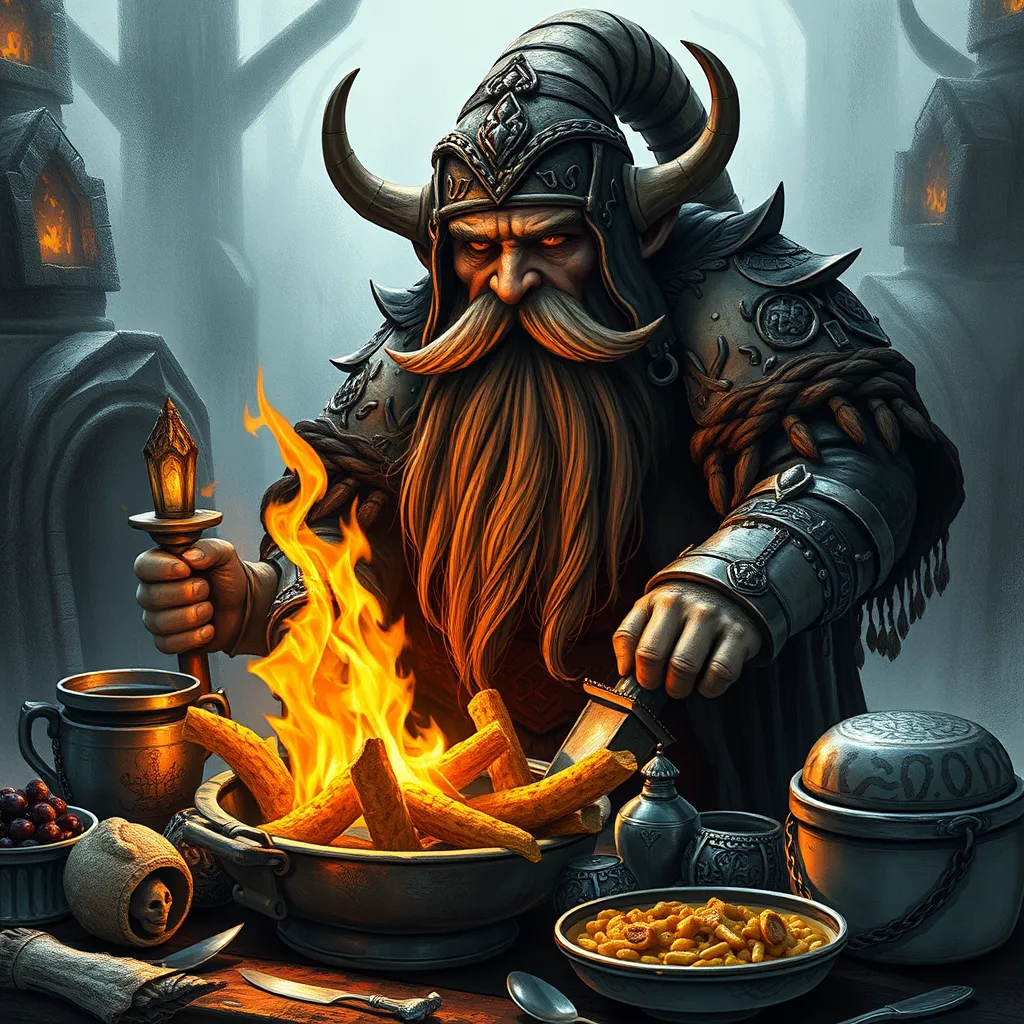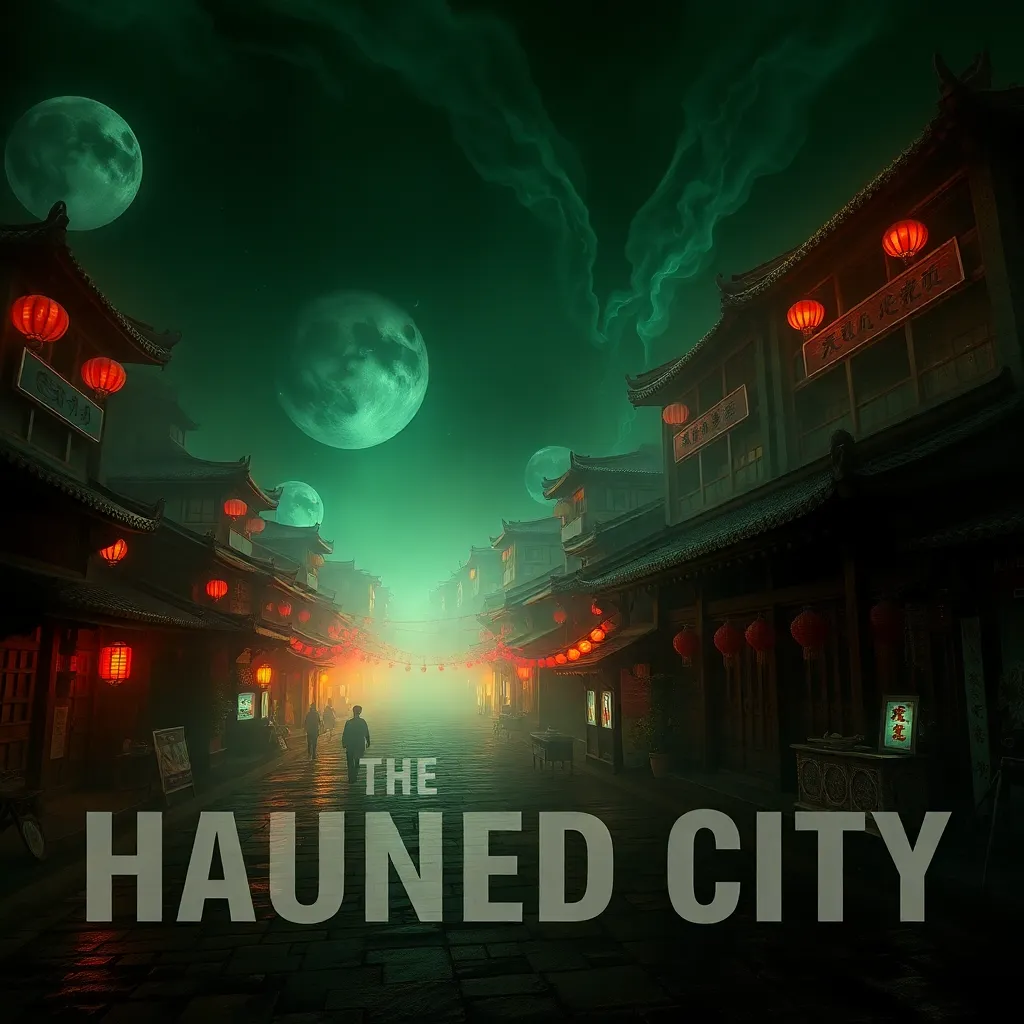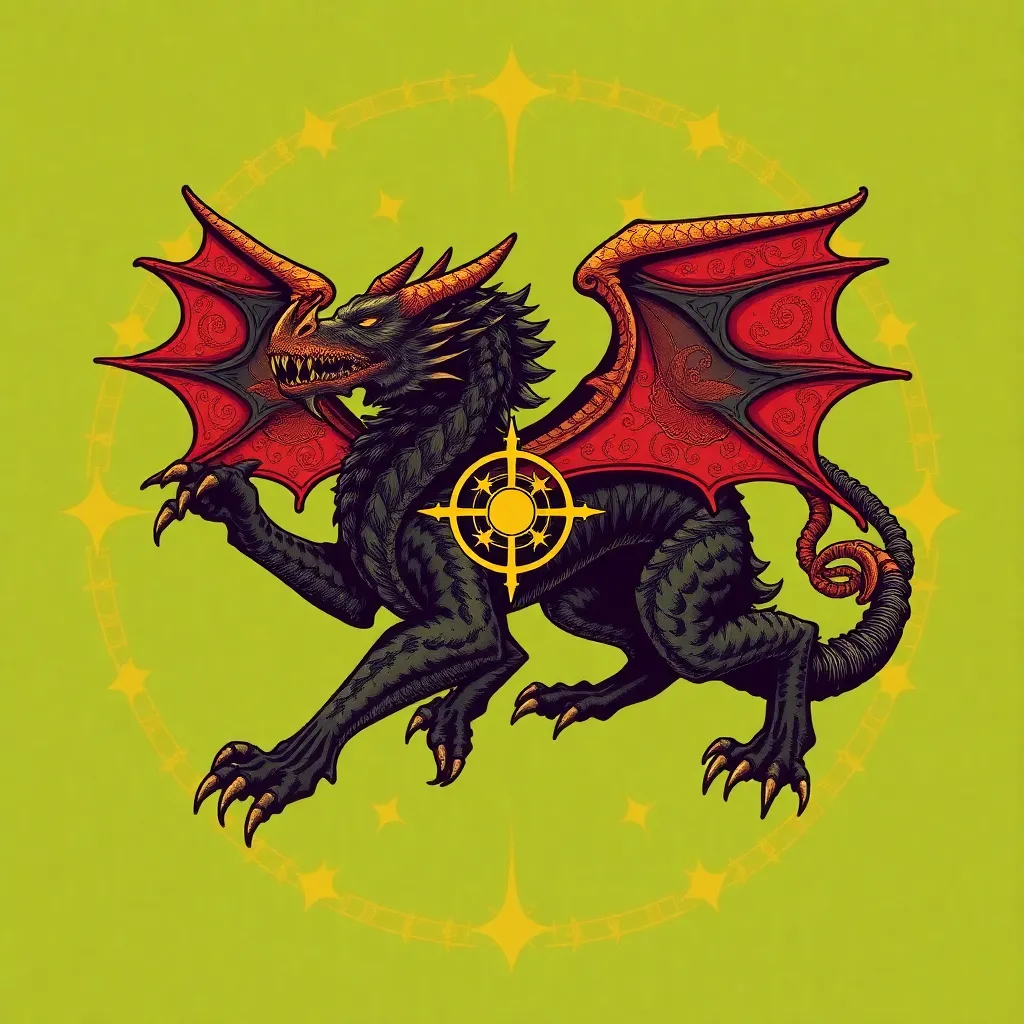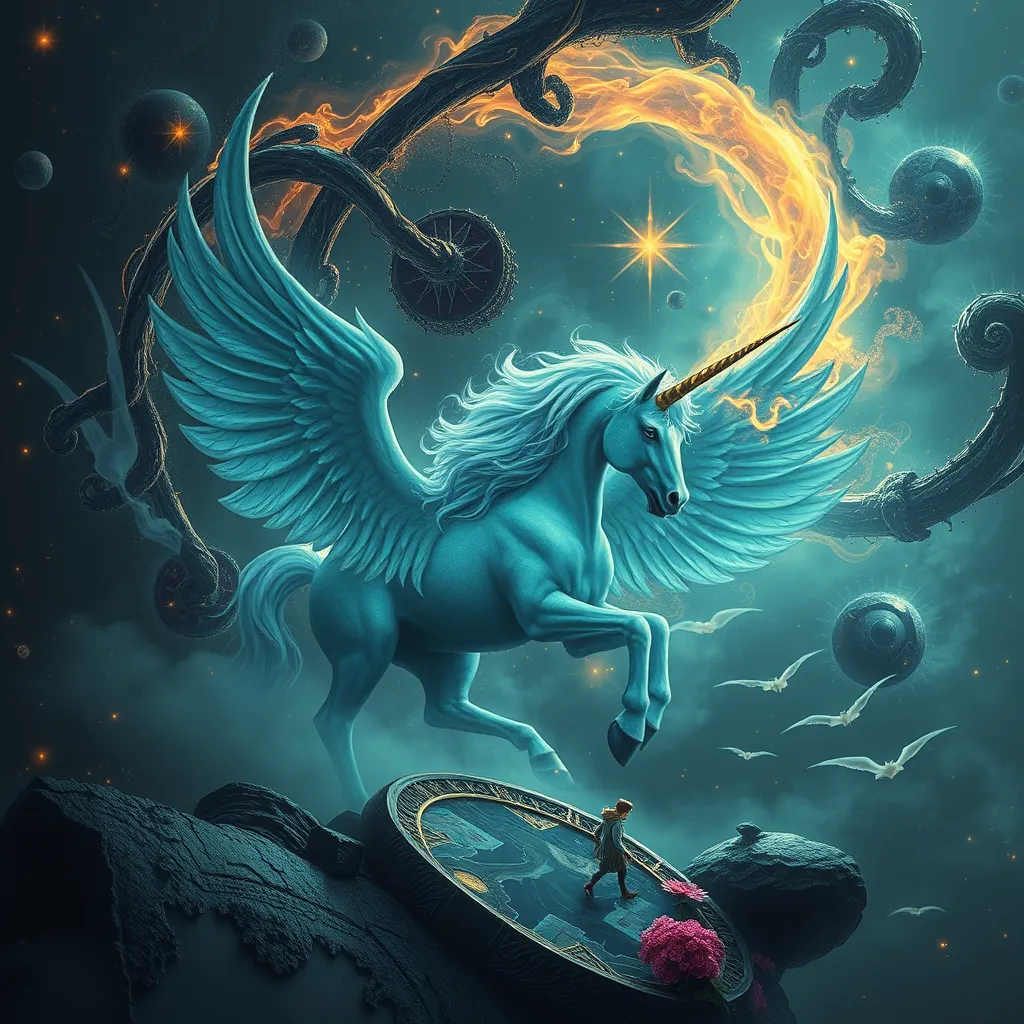The Dwarven Feasts: Exploring the Culinary Delights of Dwarf Culture
I. Introduction
Dwarven culture is rich and vibrant, filled with traditions that reflect their love for craftsmanship, community, and resilience. In fantasy literature, Dwarves are often depicted as stout and hearty beings, known for their mining prowess and their love for ale and feasting. The importance of food and communal gatherings in Dwarven society cannot be overstated, as these elements are central to their identity and social structure.
This article aims to delve into the culinary delights of Dwarven feasts, exploring the significance of food in their culture, the ingredients they cherish, the dishes that define them, and the traditions that surround their gastronomic celebrations.
II. The Role of Food in Dwarven Culture
Food serves as a cornerstone of Dwarven society, symbolizing community bonding and the passing down of traditions. Dwarven meals are not merely about sustenance; they are a way to connect with family and friends, to honor their ancestors, and to celebrate their achievements.
Additionally, brewing and fermentation hold a special place in Dwarven life. The art of brewing is often a communal activity, where Dwarves come together to create their beloved ales and meads, sharing stories and laughter in the process.
Celebrations and rituals centered around food further emphasize its importance. Whether it’s a feast to commemorate a successful mining expedition or a solemn gathering to honor the fallen, food plays a vital role in these events.
III. Traditional Dwarven Ingredients
Dwarven cuisine is characterized by its use of robust and hearty ingredients. Some staple ingredients include:
- Root vegetables such as potatoes and turnips
- Various meats, particularly game meats like boar and venison
- Grains, especially barley and oats, which are used to make bread and porridge
Unique herbs and spices found in Dwarven cooking, such as mountain thyme and cave mushrooms, add distinct flavors to their dishes. The Dwarves place great importance on locally sourced ingredients, often foraging in the mountains and caves for the freshest produce and herbs.
IV. Signature Dwarven Dishes
Among the many iconic dishes in Dwarven cuisine, a few stand out:
- Stone Stew: A hearty stew made with various meats, root vegetables, and a blend of spices, slow-cooked in a stone pot.
- Hearty Bread: Dense, dark bread made from whole grains, often served warm with butter or cheese.
- Grilled Game: Various types of game meat grilled over an open flame, often seasoned with herbs.
The preparation and cooking methods in Dwarven kitchens are often rustic and traditional, utilizing stone ovens and open fires. Cooking is a time-honored craft, and many recipes are passed down through generations.
Seasonal variations also play a role in Dwarven dishes, with certain meals being prepared during specific times of the year, especially around harvest or festival times.
V. Dwarven Beverages: A Toast to Tradition
No Dwarven feast is complete without a selection of beverages to complement the food. Dwarven ales and meads are particularly renowned, celebrated for their rich flavors and high alcohol content.
The brewing process itself is an art form, with Dwarves taking great care in selecting ingredients and perfecting their techniques. Common Dwarven drinks include:
- Dark Ale: A thick, malty ale with notes of caramel and chocolate.
- Honey Mead: A sweet and aromatic beverage made from fermented honey and water.
- Spiced Cider: A warm, spiced drink made from apples, often enjoyed during the colder months.
Pairing food with these traditional Dwarven drinks enhances the dining experience, allowing the flavors to complement and elevate one another.
VI. The Art of Dwarven Feasting
A Dwarven feast is a grand affair, marked by specific structure and etiquette. Seating arrangements often reflect hierarchy, with elders and leaders sitting at the head of the table, while the younger members serve the food.
Common practices during a Dwarven feast include:
- Toasting to honor the guests and the deceased.
- Sharing stories of valor and adventure.
- Enjoying lively music, often played on traditional Dwarven instruments.
The role of storytelling and music is integral to the feast, creating an atmosphere of camaraderie and celebration. Dwarves take pride in their oral traditions, often sharing tales of their ancestors and past glories as they enjoy their meals.
VII. Dwarven Feasts in Popular Culture
Dwarven feasts have been vividly represented in literature, film, and gaming, capturing the imagination of audiences worldwide. Iconic feasting scenes, such as those found in J.R.R. Tolkien’s works or the “The Hobbit” films, highlight the joy and abundance of Dwarven gatherings.
These feasts often depict the hearty nature of Dwarven cuisine, showcasing the camaraderie and celebration inherent in their culture. The impact of these portrayals has influenced modern fantasy, inspiring writers and creators to include similar culinary traditions in their own worlds.
VIII. Conclusion
In conclusion, the importance of food in Dwarven culture is profound, serving as a means of connection, celebration, and tradition. The culinary delights of Dwarven feasts reflect their values and way of life, creating a rich tapestry of flavors and practices that endure through time.
The enduring appeal of Dwarven feasts invites readers and enthusiasts alike to explore and experience these culinary delights in their own way, whether through cooking, storytelling, or simply enjoying the camaraderie that comes with sharing a meal.




